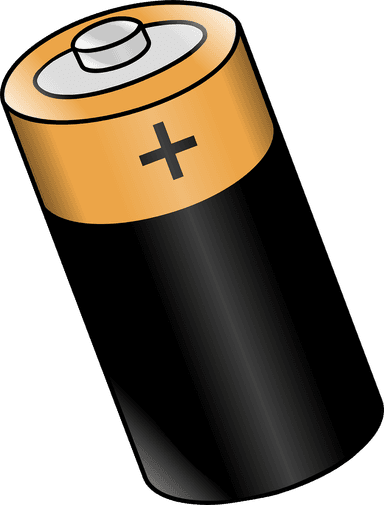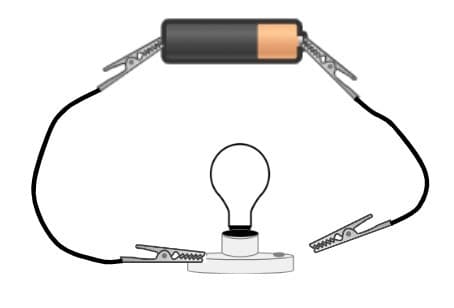Myths about teaching can hold you back
- Year 6
Components and simple circuits
I can build and test a range of simple circuits using common components.
- Year 6
Components and simple circuits
I can build and test a range of simple circuits using common components.
These resources were made for remote use during the pandemic, not classroom teaching.
Switch to our new teaching resources now - designed by teachers and leading subject experts, and tested in classrooms.
Lesson details
Key learning points
- The basic elements of an electrical circuit are called components.
- A complete electrical circuit is made when all components are connected together correctly.
- A flow of electricity moves from the positive terminal to the negative terminal of the cell or battery.
- The flow of electricity is pushed by the cell or battery, through the wires to the other components in the circuit.
Keywords
Circuit - An electrical circuit is a closed loop or path that electricity can flow through to make a component work.
Component - A component is a device in a circuit that has a specific function.
Cell - A cell is a single unit that is needed for electricity to flow around a circuit.
Battery - When two or more cells are used together, it is called a battery.
Terminal - Cells and batteries have a negative and positive terminal.
Common misconception
Electricity is stored within a cell or battery.
Children will model and learn that the battery provides the push to start the flow of electricity rather than being the store of it.
To help you plan your year 6 science lesson on: Components and simple circuits, download all teaching resources for free and adapt to suit your pupils' needs...
To help you plan your year 6 science lesson on: Components and simple circuits, download all teaching resources for free and adapt to suit your pupils' needs.
The starter quiz will activate and check your pupils' prior knowledge, with versions available both with and without answers in PDF format.
We use learning cycles to break down learning into key concepts or ideas linked to the learning outcome. Each learning cycle features explanations with checks for understanding and practice tasks with feedback. All of this is found in our slide decks, ready for you to download and edit. The practice tasks are also available as printable worksheets and some lessons have additional materials with extra material you might need for teaching the lesson.
The assessment exit quiz will test your pupils' understanding of the key learning points.
Our video is a tool for planning, showing how other teachers might teach the lesson, offering helpful tips, modelled explanations and inspiration for your own delivery in the classroom. Plus, you can set it as homework or revision for pupils and keep their learning on track by sharing an online pupil version of this lesson.
Explore more key stage 2 science lessons from the Changing circuits unit, dive into the full primary science curriculum, or learn more about lesson planning.

Equipment
Equipment for simple circuits: cells, wires, switches, buzzers, light bulbs and motors, marbles or small balls.
Content guidance
- Risk assessment required - equipment
Supervision
Adult supervision required
Licence
Prior knowledge starter quiz
6 Questions
Q1.Which of these rely on electricity to work?

Q2.Tumble dryers, microwaves and lamps are examples of electrical ...
Q3.An electric is a group of components joined together by wires and include a cell or battery.
Q4.What are the basic elements of a circuit called?
Q5.In science lessons, what is this called?

Q6.What do you call an electrical circuit where all the components are correctly connected and there are no breaks in the loop?
Assessment exit quiz
6 Questions
Q1.The basic elements of an electrical circuit are called ...
Q2.A complete electrical is made is when all components are connected together correctly and there are no breaks.
Q3.What are the names for the two ends of a cell or battery?
Q4.What is wrong with this circuit?



